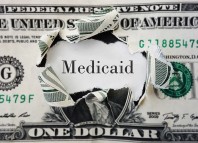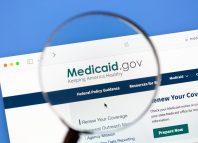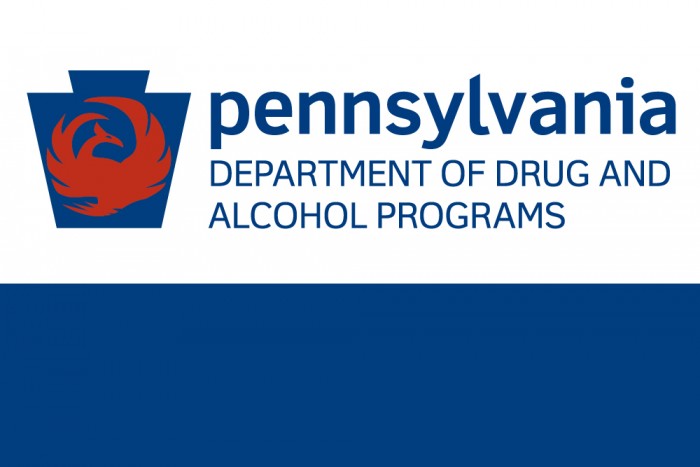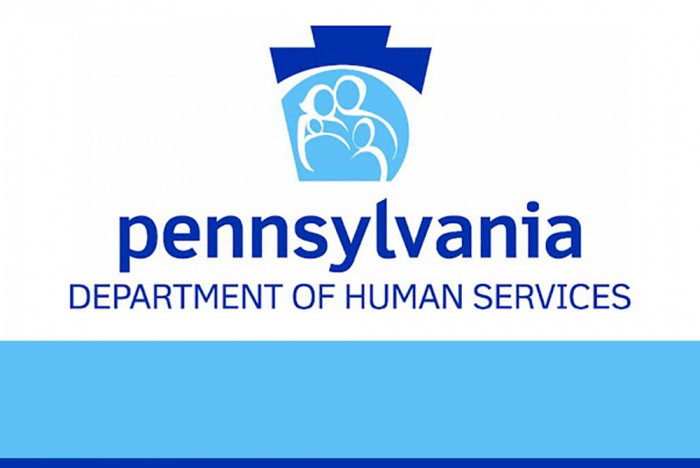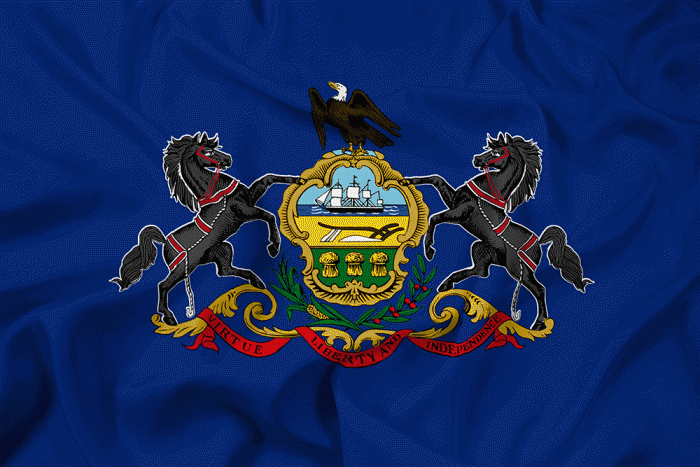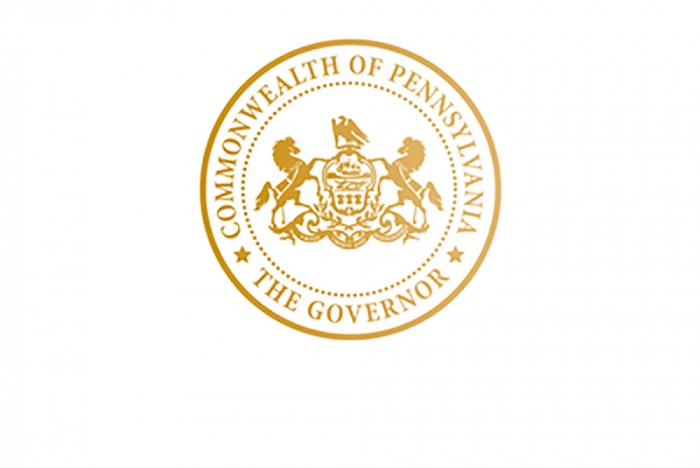FOR IMMEDIATE RELEASE
July 14, 2020
Harrisburg, PA – The Department of Human Services (DHS) today announced applicants selected to participate in the Regional Response Health Collaboration Program (RRHCP). The RRHCP will directly support COVID-19 continued readiness and response planning in long-term residential care facilities, improve quality of care related to infection prevention, expand COVID-19 testing to include asymptomatic staff and residents in facilities, and facilitate continuity of care and services provided by long-term care facilities in an attempt to mitigate the risk of spread of COVID-19 to staff or residents. This effort is a collaboration between DHS, the Pennsylvania Department of Health, Centers for Disease Control and Prevention, and the Pennsylvania Emergency Management Agency.
“Long-term care providers provide a home and care for some of the most vulnerable Pennsylvanians, and COVID-19 remains a serious threat. The Wolf Administration will continue to do all we can to support our long-term care providers during this pandemic and beyond,” said DHS Secretary Teresa Miller. “The Regional Response Health Collaboration Program will build on accomplishments thus far and be a resource to long-term care facilities as COVID-19 evolves. Through these collaboratives, long-term care facilities will have a network to learn, respond, and prepare for what is ahead in the fight against COVID-19.”
More than 45,000 Pennsylvanians live in more than 1,200 personal care homes and assisted living residences, and more than 80,000 residents live in 693 skilled nursing facilities throughout the commonwealth. These residents are often some of the most vulnerable and susceptible to COVID-19 due to age, presence of existing health conditions that may lead to complications, and the congregate nature of these facilities.
The RRHCP will provide clinical, operational, and administrative support to protect residents in long-term care facilities from COVID-19. It will help those facilities implement best practices in infection control, implement contact tracing programs in facilities, support clinical care through on-site and telemedicine services, and provide remote monitoring and consultation with physicians. The RRHCP will assist in identifying alternate care arrangements for patients no longer requiring acute care but needing assistance in returning to their long-term care facilities.
Selected grantees will be awarded $175 million collectively through funding approved by the General Assembly. Funding for the RRHCP is divided regionally by the long-term care facility census in each region. Applicants selected and the regions they will serve include:
- Southeast Region ($65.8 million):
- Thomas Jefferson University
- University of Pennsylvania
- Northeast Region ($24 million):
- Geisinger Clinic
- Lehigh Valley Hospital, Inc
- Southcentral Region ($22.9 million):
- The Pennsylvania State University
- Northcentral Region ($9.8 million):
- Geisinger Clinic
- Southwest Region ($38.9 million):
- UPMC Community Provider Services
- Northwest Region ($13.6 million):
- LECOM Health
- UPMC Community Provider Services
The program will also support facilities as they enhance testing capability for both individuals in care and staff under the expanded statewide testing order released last month. The RRHCP partners will be a critical resource in implementing this testing order for facilities that do not have dedicated clinical staff.
The RRHCP is based on the Educational Support and Clinical Coaching Program (ESCCP), a learning network that provided technical assistance and educational support to long-term care facilities in light of the current pandemic. Unlike the ESCCP, which operated on a voluntary basis, the RRHCP will operate under grant agreements through December 1, 2020.
Visit the Pennsylvania Department of Health’s dedicated Coronavirus webpage for the most up-to-date information regarding COVID-19.
Guidance to DHS providers related to COVID-19 is available here.
MEDIA CONTACT: Erin James, ra-pwdhspressoffice@pa.gov
###


